How to Decrease Sciatic Nerve Tension
Are you following The Movement Fix on Instagram? Find us @themovementfix
Need more hip and low back mobility? Start with Day 1 of our Hip/Low Back Mobility Program for free:
How to Decrease Sciatic Nerve Tension | Week 45 | Movement Fix Monday
A lot of 'tight hamstrings' and 'tight calves' and other aches, pains, and 'tight' feelings may have little to do with your muscles and joints and more to do with your nerves and 'perceived tightness'. Todd Hargrove has a great article on his blog about this topic here.
Nerves aren't flexible structures. They more or less coil and uncoil through your arms and legs vs. stretch and shorten. Depending on the area of the body, a nerve could be more ligament tissue than nerve tissue. Key point: Nerves don't do well when they are stretched. You could create a mild nerve stretch injury or decrease blood flow to a nerve if you overstretch it.
Your brain is smarter than you. It won't always let you move into a range of motion that it thinks makes the nerve vulnerable to injury or doesn't perceive as 'safe'. Using nerve tensioners on the sciatic nerve and some of its branches can be a way to 'prove' to your brain that tension in the nerve isn't harmful and help build up tolerance to the nerve being in a less 'slacked' position.
Don't perform nerve tensioners as a way to self-treat leg pain or back pain. Seek care if you are suffering from those symptoms instead of relying on this post. Use this post as a way to decrease tension and improve range of motion if needed.
The nerve tensioner is performed as shown in the video, so make sure to watch that. You can use this in various ways. You can do it as a daily way to keep yourself moving (20 reps a day should be fine) or you can do it as part of a movement prep strategy.
I wouldn't do a ton of these and then go immediately deadlift heavy. You could do 10 or so each leg, then some motor control work like a single legged deadlift and THEN transition into a lift. But don't do a ton of these aggressively and then go lift heavy.
This can be much more effective than just passively stretching your hamstrings, so play with it, be nice to yourself, and let me know how it goes in the comments.
Check out my 'tight hamstrings' video for more info on this topic.
Check out this article supporting the role of neural tension in hamstring flexibility.
Thanks for reading,
Ryan
What to Read Next
Commonly Misunderstood Words in Movement and Mobility
Commonly Misunderstood Words in Movement and Mobility In this post I will be sharing my thoughts on common words used in the movement and fitness world with a focus on how to better define them conceptually, and where applicable, mathematically. Each day...
How to Stretch Shoulder Extension
How to Stretch Shoulder Extension Learn how to stretch your shoulder extension Want better shoulder mobility? Download Day 1 of our Shoulder Mobility Program for free: Option 1 For many people, option 1 will be the best option, especially if...
Three Position Band Pull Apart
Learn how to correctly perform the 3 position band pull apart to improve your shoulder and upper back strength and mobility
Why Shoulders HAVE to Move Differently
All shoulders have to move differently and stretching won't fix every problem. Learn how the anatomy affects overhead lifting.
Get all our latest articles sent directly to your inbox
Comments

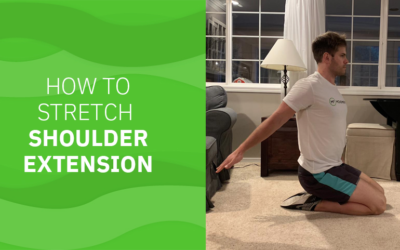
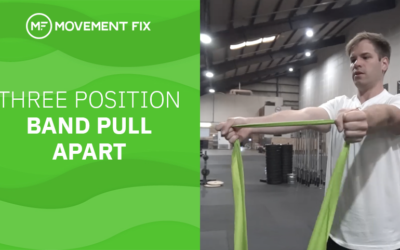
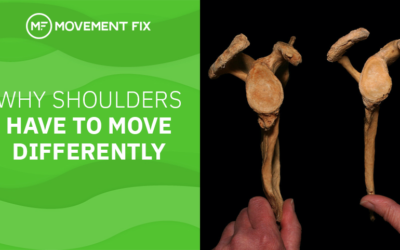

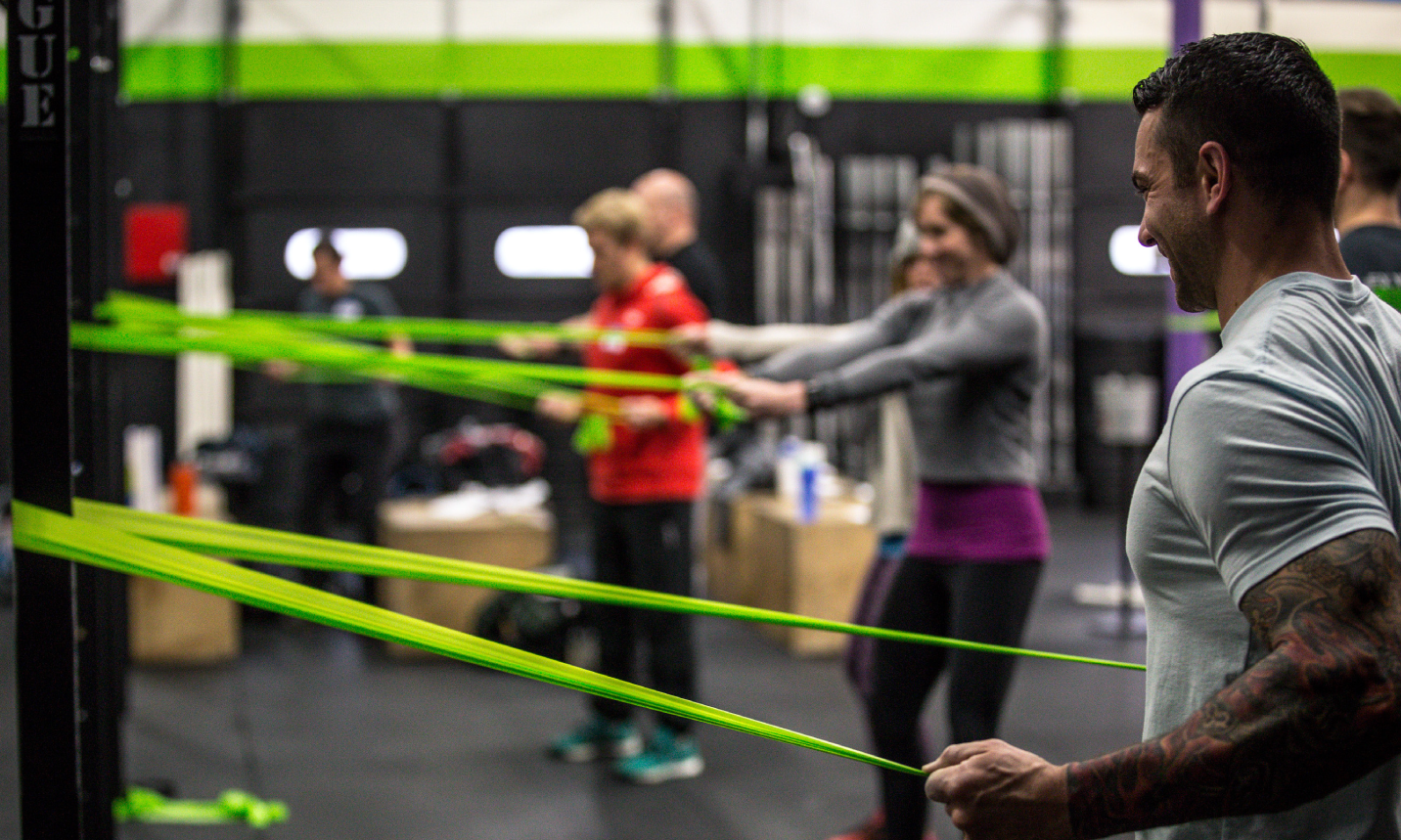
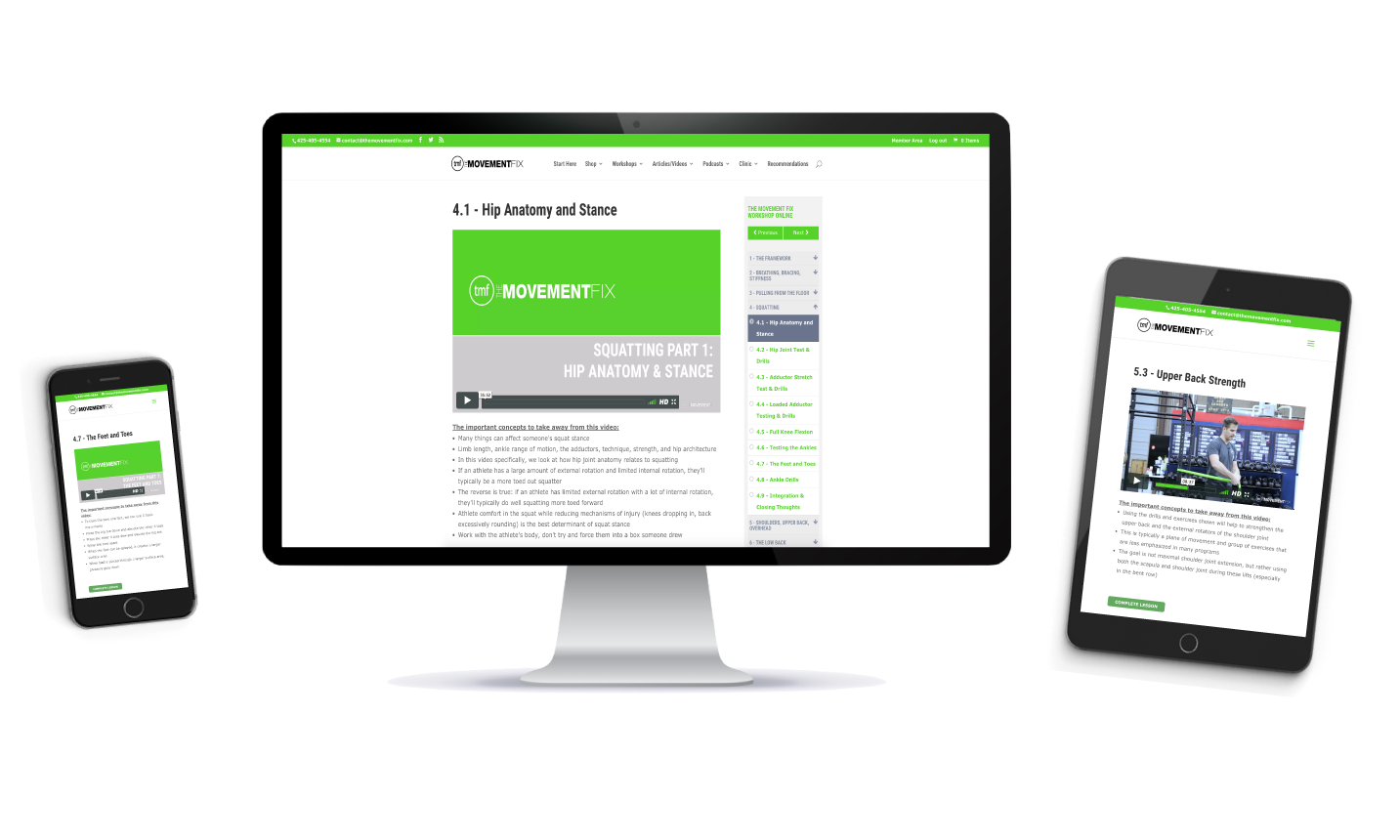
GREAT POST
You titled this How to Decrease Sciatic Pain but stated in your video that people with sciatic pain should not do the exercise. Grr.